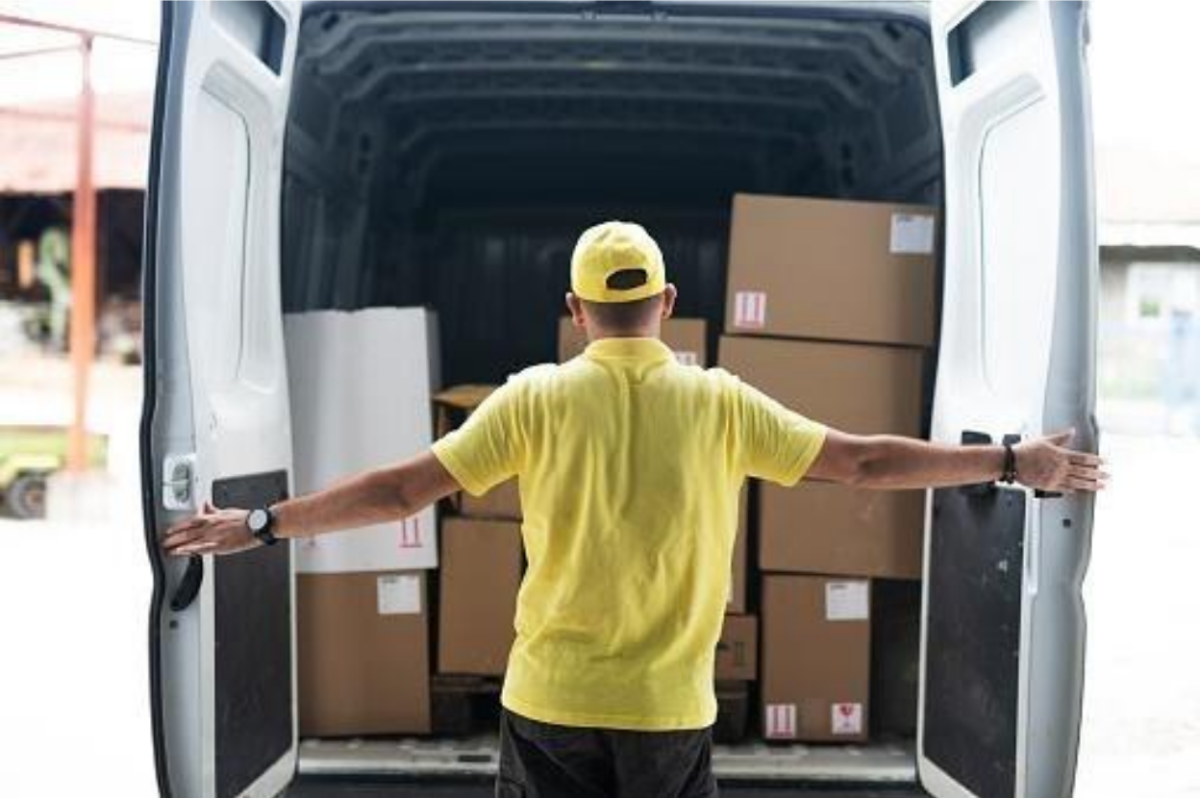The booming growth of e-commerce and DTC brands has created a new thriving industry, Last Mile Delivery. Last-mile delivery is the final step of many retail supply chains that gets the product from a distributor, warehouse, or retail store to the end customer.
With many product brands shifting focus to e-commerce sales, companies are quickly discovering that last-mile delivery is one of their highest costs. Because last-mile delivery focuses on shipping products straight to customers’ doorsteps, optimizing the process is challenging.
In a market where 70% of consumers shop online, faster delivery speeds and lower shipping costs are powerful competitive advantages. Fortunately, e-commerce and DTC brands can strengthen their last-mile delivery to grow their business and enhance the customer experience.
1. Leverage Automation Tools
E-commerce and DTC brands can use automation tools to streamline processes, reduce operational costs, and improve the user experience.
Automation is most commonly used for customer communications. For last-mile delivery, brands can automate processes to communicate shipment updates such as expected delivery times, arrival status, delays, and other information.
With automation tools, brands can provide world-class customer service while reducing manual labor and operational costs.
2. Optimize Route Planning
Brands can use AI-powered tools to optimize fuel routes for delivery speeds and fuel consumption. UPS famously revealed that their delivery trucks turn right 90% of the time to save time, lower fuel costs, and reduce vehicle accidents.
Route optimization software can analyze historical and real-time tracking data to create cost- and time-efficient delivery schedules. These routes can be updated in real-time to avoid traffic delays, account for new shipments, and adapt to other variables.
Route optimization software automates the communication process for drivers so they always have accurate route information. With these tools, brands can improve delivery times, reduce shipping costs, and avoid human error.
3. Monitor Delivery Performance
Even with the best automation and optimization strategies, delivery performance is in the hand of your drivers. Brands should utilize systems that track driver performance, such as on-time rates, service times, customer feedback, number of packages delivered, and total distance traveled.
By recording and analyzing this data, companies can uncover strengths of weaknesses in their last-mile delivery. Drivers with below-average performance may reveal issues with personnel, route optimization systems, vehicle performance, and other logistics problems.
4. Diversify Your Last-Mile Strategy
With the rise in popularity of e-commerce platforms and delivery services, brands now have access to multiple ways to engage consumers. The best way to capitalize on this trend is to ensure that consumers can purchase your products through numerous marketplaces and delivery services.
While Amazon accounts for 37.8% of retail e-commerce sales, many brands are looking to other retailers like Walmart, CVS, Home Depot, and Sprouts to diversify their last-mile delivery strategies and reach new customers.
Other organizations are pairing with food delivery companies like GrubHub, DoorDash, and Postmates to offer customers same-day delivery of their products.
Expanding your delivery offerings allows shoppers to access your products from a broader range of providers, reducing shipping costs for you and your customers.

